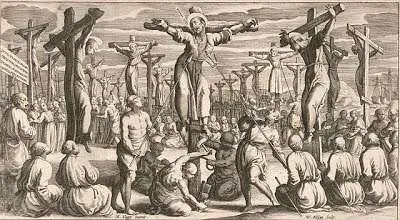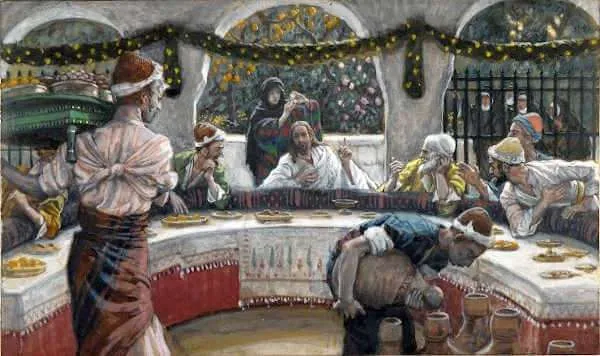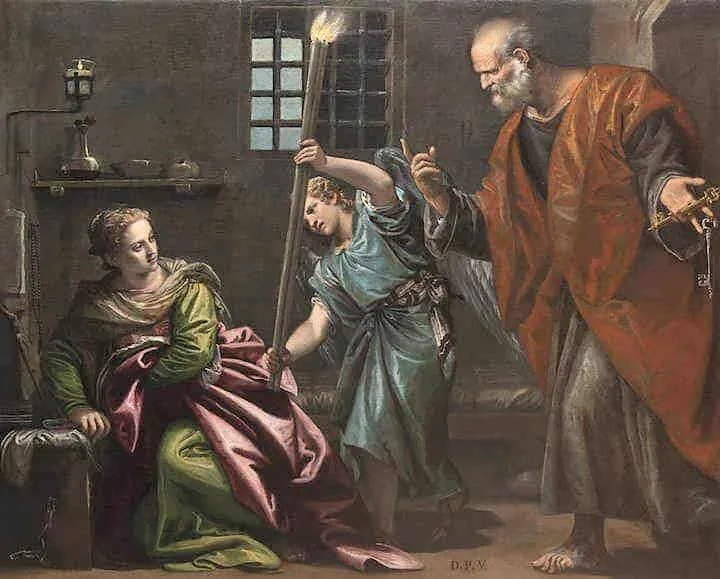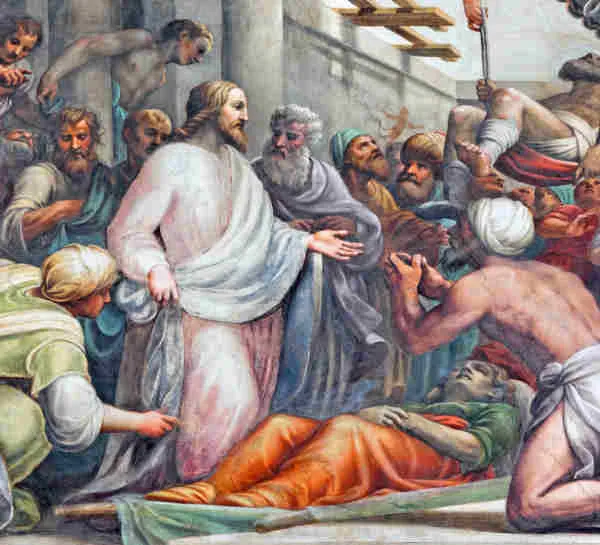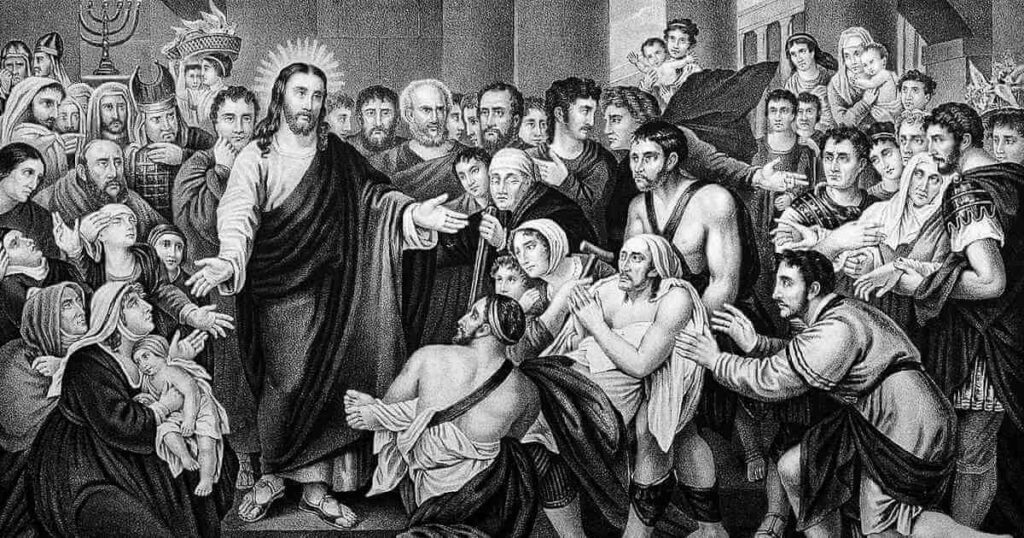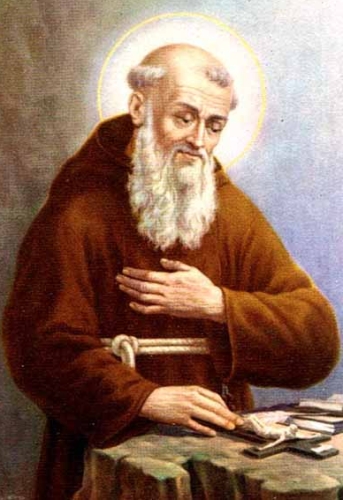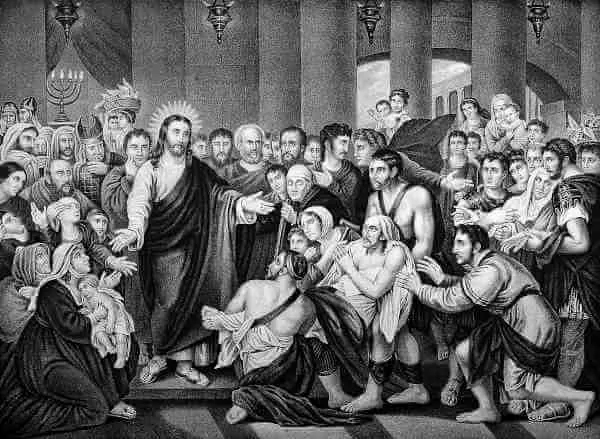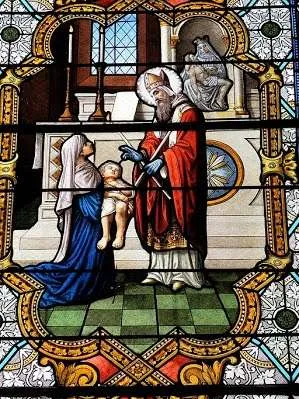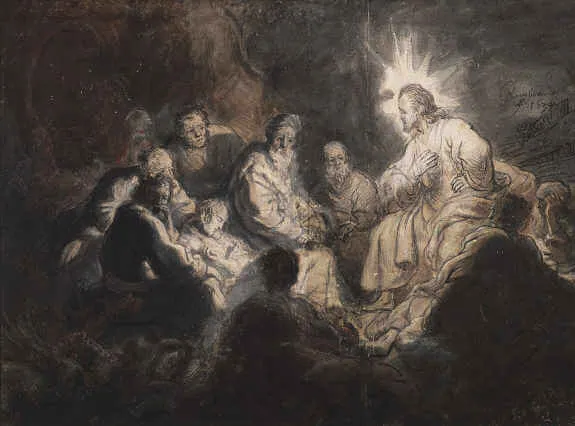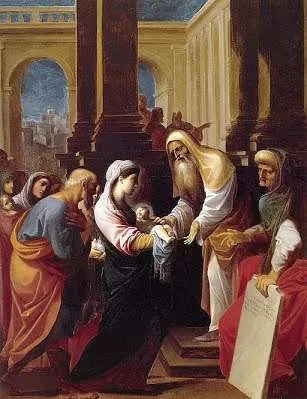Saint Paul Miki and Companions
Patron Saints of Japan; Canonized by Pope Pius IX on June 8, 1862
On the Feast of the Assumption of the Blessed Virgin Mary in 1549, Saint Francis Xavier and two other Jesuits arrived at the harbor of Kagoshima, becoming the first missionaries to enter Japan. Fewer than sixty-five years later, the Catholic faith was flourishing in Japan, with upwards of 300,000 converts.
Of the people of Japan, Saint Francis Xavier said, “These are the best people so far discovered, and it seems to me that among unbelievers no people can be found to excel them.” The Jesuits were successful in their missionary activity within the highly civilized Japanese culture because the members of the order respected the cultural norms, acted with great dignity and respect, and learned the language.
In 1587, however, things began to change. The Buddhist monks were increasingly concerned about the growing number of Christians, causing political tension for the ruler of Japan, Hideyoshi. Hideyoshi and his predecessor had been friendly and welcoming to the missionaries, perhaps in large part because they saw befriending these Europeans as politically and financially advantageous.
But because of new tensions, caused in part by some fanatical Christians, Hideyoshi outlawed Christianity, giving the missionaries six months to leave. Many remained, however, continuing their good work quietly, and Hideyoshi let them be.
In 1593, Spanish Franciscans began to arrive; they took a more confrontational approach to conversion than the Jesuits did. Tensions continued to grow, and in 1597, the situation came to a head. A Spanish ship became shipwrecked off the coast of Japan, and Hideyoshi seized its merchandise. The angry captain spoke recklessly to Hideyoshi, threatening that the Spanish missionaries were sent to prepare for a Spanish invasion of the island.
At that, Hideyoshi began to enforce his decade-old edict outlawing Christianity by arresting twenty-six Catholics—six Franciscan missionaries, seventeen Japanese and Korean lay Franciscans (three of whom were young boys), and three Jesuits. The Jesuits were Brother Paul Miki, only months away from being ordained a priest, another brother, and a priest.
Paul was born into an affluent Japanese family and became a Catholic when his whole family converted. At the age of twenty, he attended a new Jesuit seminary in Japan and became a brother two years later. He spent thirteen years as a Jesuit, during which time he was known as a gifted preacher who helped convert many of his countrymen.
When Brother Paul and his companions were arrested, they were tortured, had one of their ears severed, and were paraded 600 miles through many towns for 30 straight days, on display for all the people to see to dissuade them from being Christian. When they arrived in Nagasaki, the center of Christianity in Japan at that time, the soon-to-be martyrs were permitted to go to Confession one last time, chained to their crosses, secured with an iron collar, and lined up next to each other as four soldiers stood beneath them, each with spear in hand.
During it all, Father Pasio and Father Rodriguez kept encouraging the others. Brother Martin continually repeated, “Into your hands, Lord, I entrust my life.” Brother Francis and Brother Gonsalvo prayed aloud in thanksgiving. And Brother Paul Miki preached his final sermon, professing Jesus as the only way to salvation, forgiving his persecutors, and praying that they would turn to Christ and receive baptism.
Brother Paul continued to encourage the others, and as they all awaited death, they were filled with joy and continually cried out, “Jesus, Mary!” Then, with one thrust of the spear and one blow, each martyr went home to God.
Over the next 250 years, hundreds of thousands of Christians were martyred and many others were tortured mercilessly until they publicly renounced their faith. Despite this, pockets of Catholics remained and secretly practiced their faith. In 1854, Japan’s borders opened to the West, and numerous missionaries returned to feed the faith of these hidden Christians. By 1871, religious toleration returned, making public worship possible. Today, a national monument marks the place of the executions in Nagasaki.
Sometimes our attempts to share the faith with others appear to be silenced by the diabolical influences within the world. These martyrs of Nagasaki teach us that the seeds of faith can live on. The many martyrs that followed give witness to the power of God’s grace and the transforming character of His Word. How strong is your faith? Is it strong enough to endure torture and death? Allow the witness of these saints to inspire you to be more fervent.
Source: https://mycatholic.life/saints/saints-of-the-liturgical-year/february-6-saints-paul-miki-and-companions-martyrs/
Saint Paul Miki and Companions Read More »


